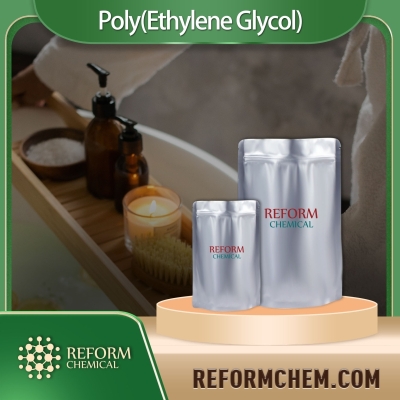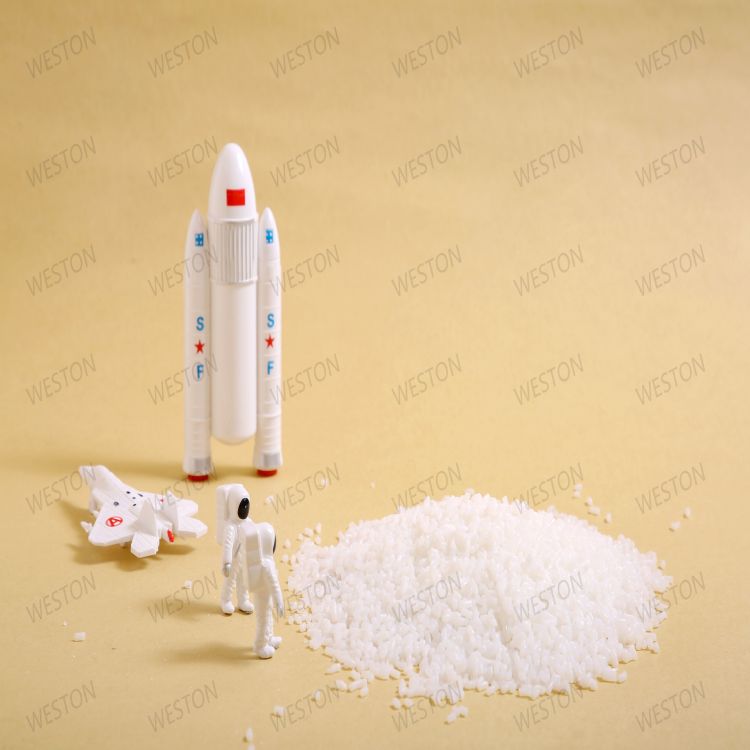-
Categories
-
Pharmaceutical Intermediates
-
Active Pharmaceutical Ingredients
-
Food Additives
- Industrial Coatings
- Agrochemicals
- Dyes and Pigments
- Surfactant
- Flavors and Fragrances
- Chemical Reagents
- Catalyst and Auxiliary
- Natural Products
- Inorganic Chemistry
-
Organic Chemistry
-
Biochemical Engineering
- Analytical Chemistry
-
Cosmetic Ingredient
- Water Treatment Chemical
-
Pharmaceutical Intermediates
Promotion
ECHEMI Mall
Wholesale
Weekly Price
Exhibition
News
-
Trade Service
Nanosolar cells will revolutionize the photovoltaic industry
.
It is reported that this battery is 40%
more efficient than traditional devices.
This new technology could revolutionize the solar industry
by generating more electricity from a small single device.
The Shockley Quiiser efficiency limit refers to the solar conversion efficiency limit achievable for a particular material and is the standard
for comparison with new photovoltaic technologies.
For a standard solar cell, the efficiency limit is 33%.
However, one wonders whether nanosolar cells are also subject
to this limit.
Now, researchers have shown that a single-junction nanostructured solar cell has a maximum theoretical efficiency of 42%
under typical sunlight.
This exceeds the efficiency of conventional planar devices, but does not exceed the Shockley Quiyser efficiency limit
of planar devices in concentrated light situations, such as solar cells that use lenses to concentrate sunlight.
The researchers found that nanostructured solar cells, through "built-in concentrating", provide an important path
for manufacturing high-efficiency photovoltaic devices.
Even when the researchers considered the effect of light scattering in the atmosphere, nanostructured solar cells were able to achieve 35.
5% efficiency
with a modest built-in concentration of 1,000.
When Mundy and his team were designing and manufacturing nanosolar cells, they found that the biggest challenge came from nanofabrication technology
.
They have now found some promising materials and processes, and there is a team of students who are passionate about the field to make a difference in solar technology
.
Nanosolar cells will revolutionize the photovoltaic industry
.
It is reported that this battery is 40%
more efficient than traditional devices.
This new technology could revolutionize the solar industry
by generating more electricity from a small single device.
The Shockley Quiiser efficiency limit refers to the solar conversion efficiency limit achievable for a particular material and is the standard
for comparison with new photovoltaic technologies.
For a standard solar cell, the efficiency limit is 33%.
However, one wonders whether nanosolar cells are also subject
to this limit.
Now, researchers have shown that a single-junction nanostructured solar cell has a maximum theoretical efficiency of 42%
under typical sunlight.
This exceeds the efficiency of conventional planar devices, but does not exceed the Shockley Quiyser efficiency limit
of planar devices in concentrated light situations, such as solar cells that use lenses to concentrate sunlight.
The researchers found that nanostructured solar cells, through "built-in concentrating", provide an important path
for manufacturing high-efficiency photovoltaic devices.
Even when the researchers considered the effect of light scattering in the atmosphere, nanostructured solar cells were able to achieve 35.
5% efficiency
with a modest built-in concentration of 1,000.
When Mundy and his team were designing and manufacturing nanosolar cells, they found that the biggest challenge came from nanofabrication technology
.
They have now found some promising materials and processes, and there is a team of students who are passionate about the field to make a difference in solar technology
.







